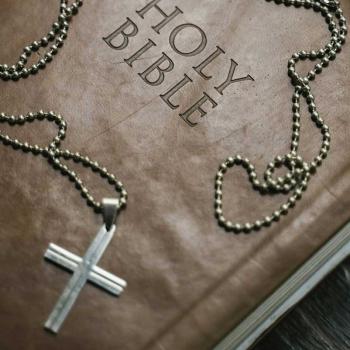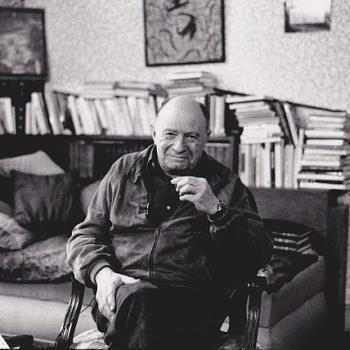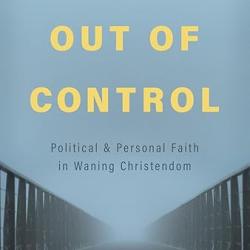Lately I’ve been thinking about the nature of history. Not “history” as in “what happened in the past” but “history” as in the “study of the past. ”
My thoughts about this were sparked by reading a book that purports to be a “history” of a certain denomination. I opened it with interest as it is about the denomination I grew up in. (It was published some years ago and I read it then but just recently re-read it.)
When I closed the book after re-reading it I wondered if this book really counts as “history?”
I happen to know a lot about the subject of the book; I was there when many of the events it recounts happened and many of the people are close relatives and family friends. I happen to know many facts omitted by the author and some of them are, I think, crucial to knowing and understanding the denomination’s past and present.
If this were a book about a saint it would be categorized as “hagiography.” That’s the word for a book that describes a saint only as a saint–no warts at all.
The book in question includes almost only “the good” omitting “the bad and the ugly.” It is all rainbows and roses, sweetness and light.
My question is whether such books should be considered “histories.” Are we doing justice to history if we tell only the positive, the pretty? I doubt it.
Now, for any who might know the book I’m talking about, I will say that it strongly HINTS at some negative events and people in the denomination’s past, but it omits the “dirt” on them and it.
If I (or anyone) wrote a “history” of the popes, for example, but mentioned only the “good ones” and the good about the “bad ones” (the “anti-popes” and corrupt popes of the renaissance) what would readers who know the whole truth think? History or not? I am sure most non-Catholics, anyway, would judge it NOT a “real history” of the popes.
This seems to me a common human trait–but one that ought to be resisted. We tend to want to read the whole story, including the good, the bad and the ugly, about OTHERS’ institutions but only the good about our own. To the extent that we feel some loyalty to institutions we excuse promotional propagandas parading as histories about them. To the extent we feel no loyalty to institutions we insist on historical treatments of them being thorough including especially abuses of power within and by them.
Whenever I read a book claiming to be “the history of” an institution or organization I look for the bad and the ugly as well as the good and, to the extent I do not find it, I judge it NOT a real “history.” Whenever I hear members or adherents of an institution or organization decrying a history that includes its dirty laundry, its closet skeletons, I know they are blind to objective reality and in the grip of blind loyalty. Their objections should never drown out the truth.
I am not arguing that “real histories” must include every negative detail about institutions or organizations; I am arguing that they must not omit major abuses of power that are essential to understanding the character and direction and fate of such institutions or organizations. History is, in general, the story of power–who had it and what they did with it. The reason for studying it is not only to understand the past but to avoid the repetition of its failures (as well as to perpetuate and replicate its successes).
Unfortunately, religious institutions and organizations are especially prone to this human trait. People who dare to tell the whole truth, warts and all, about religious institutions and organizations (and often people) are often subjected to accusations of being “negative,” “bitter,” “prejudiced,” unspiritual.” But imagine what we would not know about Israel, for example, if the writers of the Hebrew scriptures included in their chronicles only the good and never the bad or ugly.












